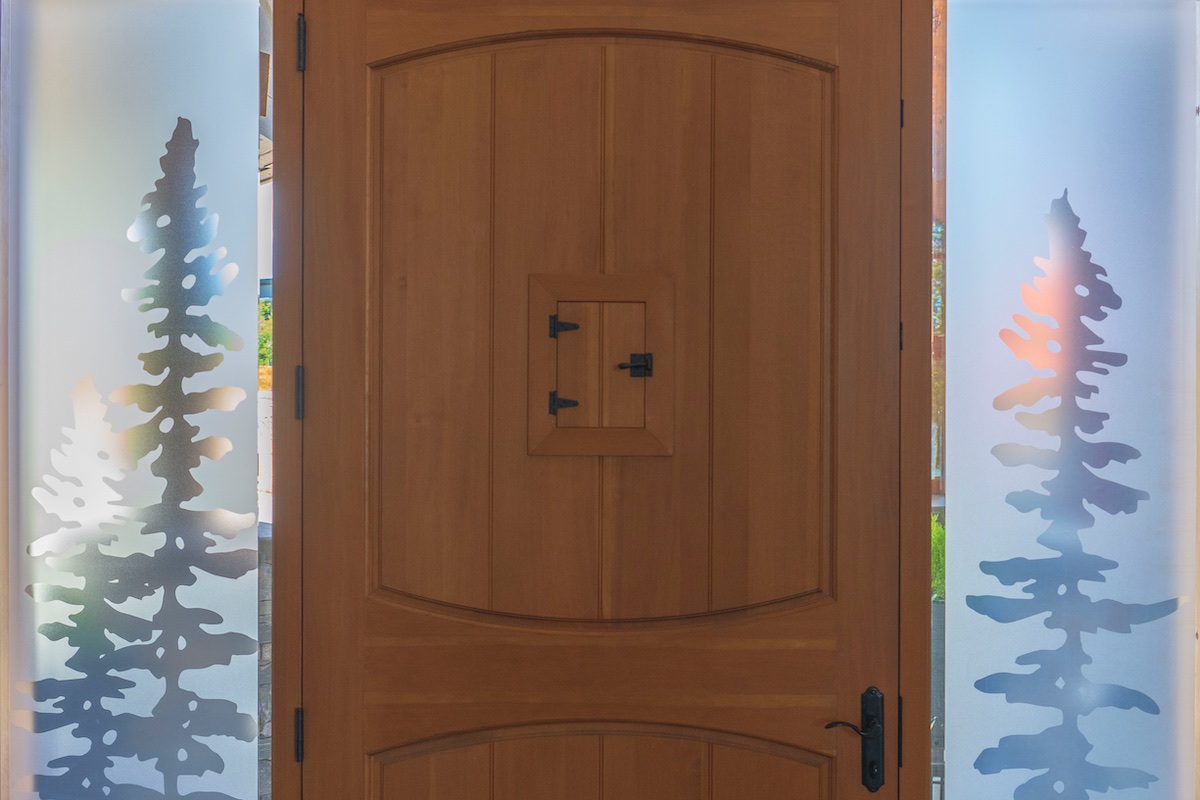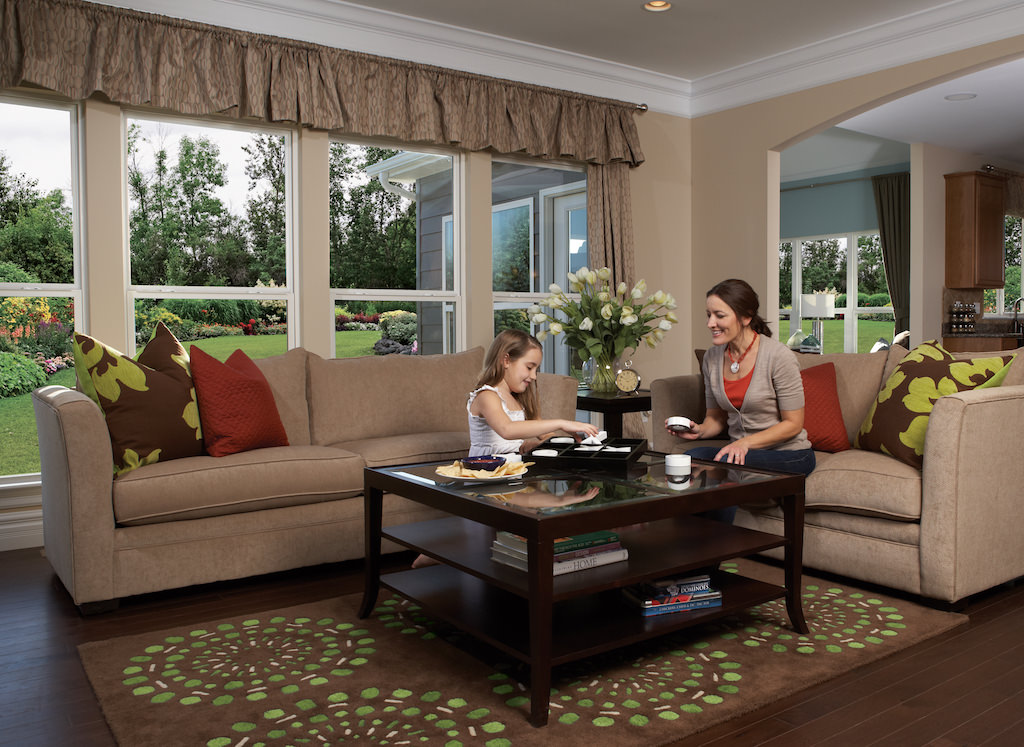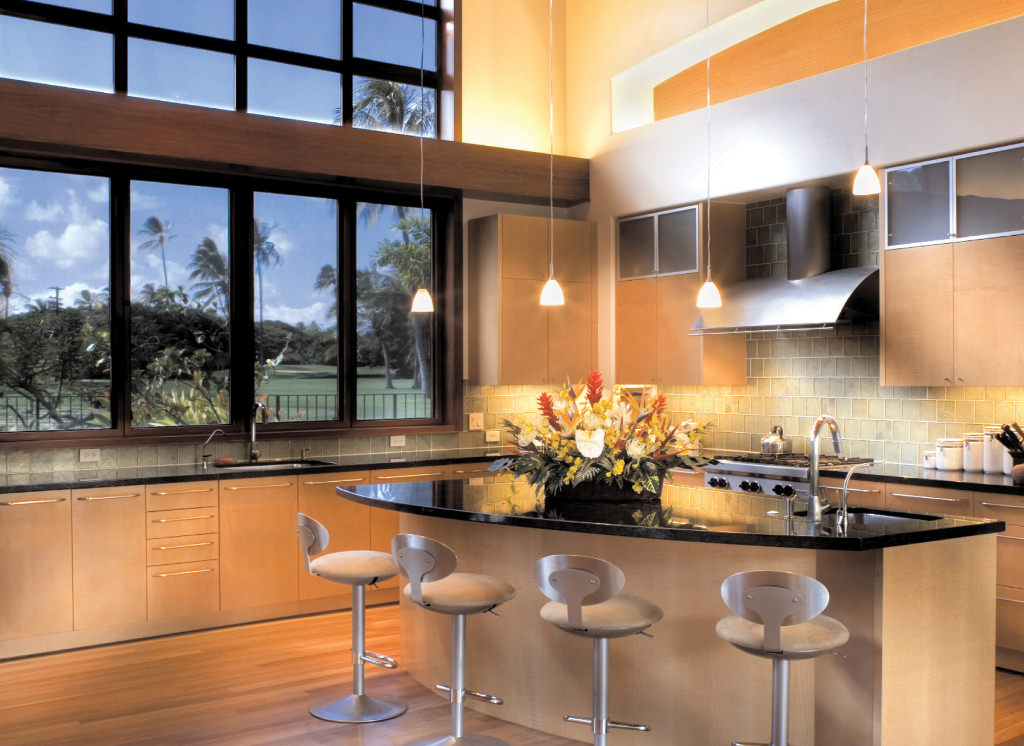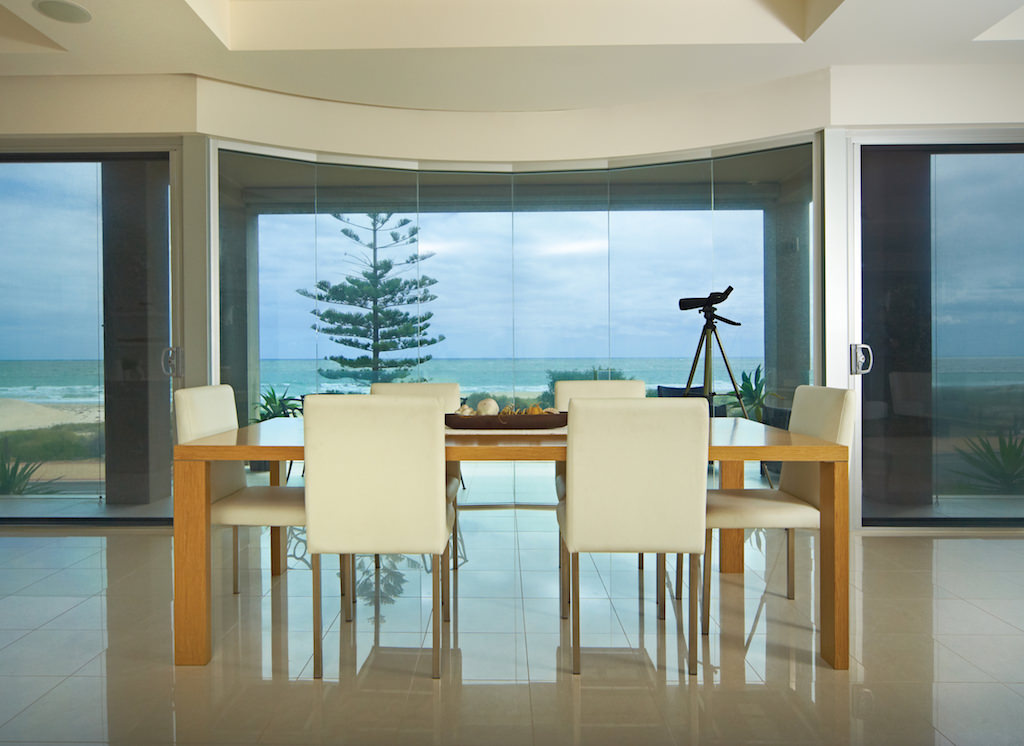
Increase comfort while reducing costs
Safety, Protection, and Comfort
Each Sun Shade window film line has unique solar properties that block ultraviolet light, while reducing heat and glare in varying degrees. All of our Solar Control Films reject 99% or more of both UVA and UVB rays and have special UV inhibitors built right in. With virtually all harmful UV rays effectively blocked, you can live in comfort knowing your employees and customers are protected.
Solar heat comes from two primary sources, the visible light you can see, and the infrared light you can feel. At Sun Shade we use multi-layer optical film and nano-technology to reject up to 97% of the sun’s infrared light and reject up to 85% of the heat coming through your windows. These films also reject up to 99.9% of damaging UV rays to reduce fading of your furnishings. These industry-leading, spectrally-selective films are designed to keep you cool, comfortable, and protected.
By rejecting solar heat in the summer months by up to 85%, you are able to greatly reduce your cooling costs while simultaneously increasing your comfort and protecting the health of your family. In fact, since windows have the longest replacement cycle of anything else in your home, you have 15-20 years to enjoy the savings. You can expect a return of between 5-15% per year on your heating and cooling bills, which calculates to a whopping $0.20 per square foot. Multiply that by the size of your home, times 12 months a year, times 20 years, and you start to understand the sort of savings we are talking about.
These are the most common reasons our clients
add widow films to their homes.

Homes with excessive sun exposure can be uncomfortably hot. Window films can help reject heat in the summer keeping your family cool for year-round comfort.

Many of our clients have noticed sight lines into their bedrooms and living areas that make them feel uneasy. Window films can be tinted to help you regain your privacy.

With energy costs always on the rise, many of our clients want to reduce their dependence on the utility companies by increasing their home’s energy efficiency.
Home improvement is at the centre of what we do everyday at Sun Shade Film Systems. Our blog is where we explore what is possible in modern spaces. Have a look at the latest residential window film articles here, or click above to see the entire feed.
When it comes to window performance, don't overlook your sliding glass doors. Adding solar control window film to your glass doors can provide tremendous benefits....
Read MoreIn order to take the necessary steps to reduce light pollution and minimize its effects in our communities, we need to understand the sources and causes. Here are the top 5....
Read MoreWhen we think of taking advantage of the sun’s energy, most of us picture arrays of solar panels. Here is another way to use the sun’s power to improve our homes....
Read MoreWindow films provides specific personal and property protection from the effects of the sun as well as added safety and security for events that result in broken glass.
There are many types and constructions of solar control and safety window films. In their simplest forms, window films are composed of a polyester substrate to which a scratch resistant coating is applied on one side; a mounting adhesive layer and a protective release liner is applied to the other side. When the release liner is removed, the side of the film with the adhesive is applied to the interior surface of the glass.
Is window film applied to the interior or the exterior of my windows?
Typically window films are applied to the interior surface of your windows. There are window films designed to be applied to the exterior of your windows. Initially for special circumstances such as limited access to the interior surface and triple pane windows they are being used increasingly for their elevated performace characteristics.
The effective life of window film will vary by the type of film, type of glass, window construction, compass orientation of glass, and in which part of the world the building is located. There are documented cases of film lasting up to 22 years or more in some instances. This should not, however, be assumed to be the normal expected life.
All quality window films for residential and commercial use are warranted by the film manufacturers for a minimum of ten years and up to the life of the home.
How should I clean my windows after film is applied?
Windows with film applied are easily cleaned without damage to their appearance as long as a few common-sense guidelines are followed:
The availability of scratch resistant coatings as a standard feature of quality films has virtually eliminated the need for extra special precautions in cleaning.
When a customer calls to inquire about our service we begin with a sequence of questions that help us understand how to best meet your needs. Once we begin to zero in on what you are looking for, we are able to lay out a variety of options for you. Some basic opening questions are:
Once we have a reasonable understanding of your objectives, we set up an appointment to view your space in person. At our visit to your home or workplace, we make an assessment and present a series of options to suit your particular needs. In person quotes to individual residential clients are free of charge with no obligation to purchase.
At this point you are able to take the next step and set an installation date. To do so, you will be referred to our office assistant who will take your deposit and begin the scheduling process.
Glass breaks when stressed. There are five types of stress which may cause glass breakage:
The first type, thermal stress, is the only one which film may affect. The use of window films will increase the thermal stress on sunlit glass. However, there are also other factors which will increase thermal stress such as: partial shading of windows from overhangs, tightly fitting drapes or blinds, signs or decals on windows, heating and cooling vents directed at glass. In addition, different types of glass (annealed versus tempered, clear versus tinted) have different solar absorption rates and will withstand different degrees of thermal stress.
The window film manufacturers have recommended film-to-glass tables for use by factory-trained dealer installers. If a consumer is ever in doubt, he/she should request a copy of such guidelines. Listed below are some glass types or conditions where the use of a solar control (not clear safety) type of window film is not recommended without extreme caution.
Window film manufacturers have developed and utilized a variety of patented adhesive formulas to apply their films to the glass surfaces. These formulas are know as mounting adhesives.
Films, utilizing all types of adhesives are installed in similar fashion. Most films are installed by using soapy water sprayed on both the glass surface and the film adhesive surface after the protective liner has been removed . The film is then positioned on the glass, cut to size, and squeegeed to remove excess water.
Window film should generally be installed in new or renovated buildings only when all other work has been completed. There are many reasons for waiting until the end of construction.
There is little sense in applying window film to windows that have frames that may need to be stained or painted. This could lead to stain or paint splatters on the film itself which would need to be cleaned off. Some cleaning agents would damage the film requiring the film to be replaced.
Other reasons could be the potential for damage to the film due to the high amount of activity in a construction environment. Also, in many cases, there is a high level of dust and particles, such as wood dust or carpet fibers, in a construction area that could become trapped between the glass and the window film.
The best, most convenient time to install the window film is just before your furniture is placed in from of your windows and before the window treatments have been installed.
The benefits of tinting skylights are tremendous. With the sun’s rays being more direct in the spring and summer, window films will reduce the fading of items below the skylights while reducing the ambient temperature.
In most cases if a house plant is already receiving adequate light the use of window film will not harm it. New growth or flowering may be retarded, and, for a few days, a plant may go into a state of shock while it adjusts to the light change. If a particular plant normally wilts by the end of a sunny day, it will actually thrive better with film installed.
Although there are some obvious guidelines in determining what, if any, effect window film will have on a plant (for instance, dark green plants need less light than lighter coloured ones), there is one sample test which can be done prior to film installation: merely move the plant to an area with less sunlight for a few days. In addition, most nurseries or local agriculture agencies can advise you whether a particular plant needs closer to maximal or minimal light.